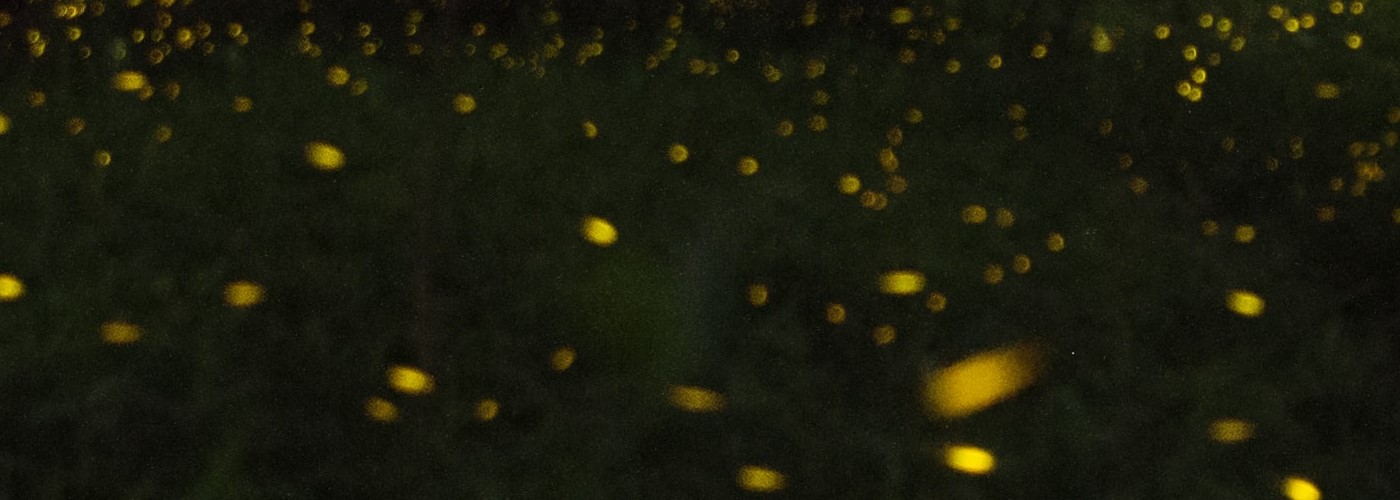

A recent study was published in the Journal of BioScience stating that fireflies are on the decrease. This seems to be due to habitat loss because humans are using more pesticides and artificial light. The study mentioned that around 2,000 species of fireflies worldwide are down in numbers than usual.
The study author mentioned "These survey results should be interpreted with caution, because they reflect only expert opinion concerning perceived threats to firefly species persistence." Habitat loss is the most concerning for the fireflies because they need certain environmental conditions for mating. If their habitat is destroyed, experts worry that the numbers of fireflies will have a great difficulty breeding, therefore decreasing in numbers.
The second biggest problem with firefly decrease is the use of artificial light. The study mentions that light pollution messes up the fireflies' mating rituals. Fireflies glow (bioluminescence), and this is used to attract mates. With more artificial light coming from homes, signs, cities, etc; it makes it harder for fireflies to find another mate.
Last problem is pesticides. Pesticides kill fireflies and their prey that need to survive in the world.
Sara M. Lewis, a biologist at Tufts University, and one of the study's authors says that "populations are in fact, declining." She further mentions that this study is the first step in hoping to reverse the problem. If you want to take action, she mentions to join a firefly monitoring group, such as Firefly Watch. "Data from everyday people in their backyards, documentation how many fireflies they see, and how often they flash, could help experts figure out what species are in trouble"